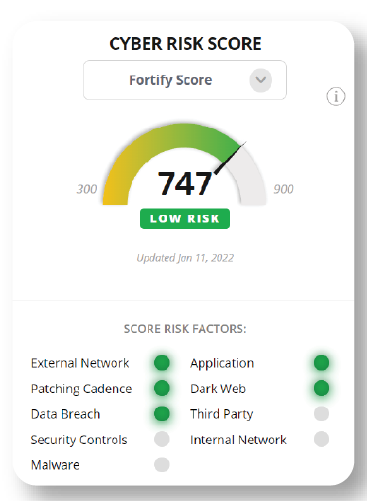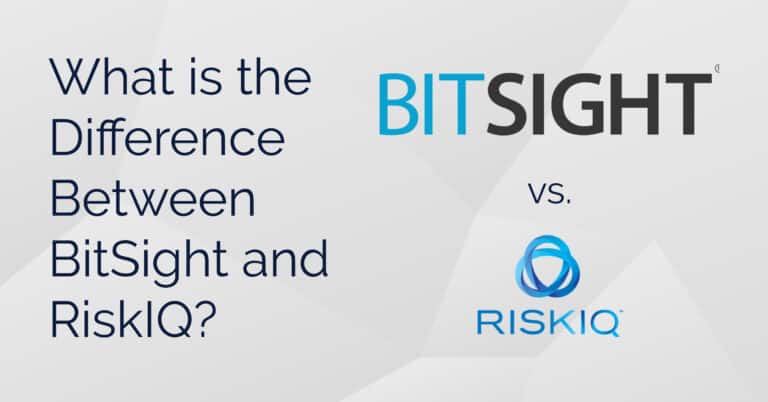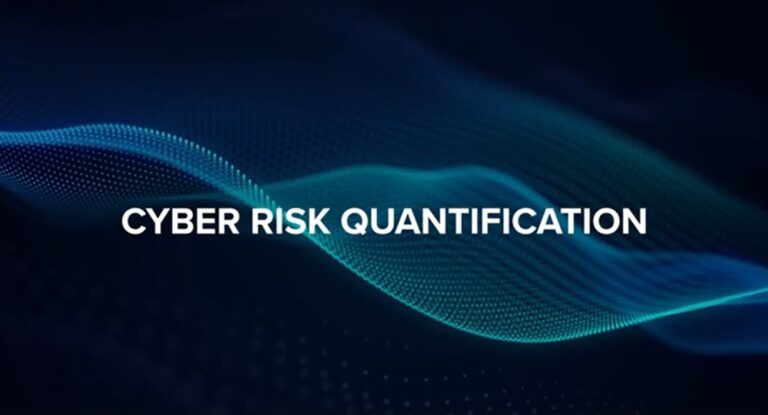A high cyber security rating not only reflects an organization’s cyber hygiene and lowered susceptibility to breach, but also its commitment to safeguarding stakeholder interests. A favorable rating can instill trust, attract partnerships, and even influence financial decisions. But if your rating isn’t where you’d like it to be, how can you move up the security rating scale with improvements? This article delves into actionable strategies to elevate your cybersecurity rating.
Understand Your Current Security Rating
Decoding the Rating: Every security rating is a culmination of various metrics and methodologies. It’s not just a reflection of your past and present but also an indicator of potential future risks.
Action Steps:
- Engage and Inquire: Initiate a dialogue with your security ratings provider. Dive deep into the metrics, factors, and data sources that influenced your score. Understanding the ‘why’ behind your rating and how it’s measured on the provider’s security rating scale is the first step to improvement.
- Challenge Inaccuracies: No system is infallible. There might be misattributions or false positives that have influenced your rating. Scrutinize the data, and if you find inaccuracies, challenge them. A corrected error can lead to a more accurate, and often higher, rating.
Additional Resources

Context based security ratings
Cybersecurity rating scale explained
What are security ratings used for?
How are security ratings created?
What is a good cybersecurity rating?
Is it easy to switch security ratings providers?
Why is my security rating wrong?
What Kind of Company is BitSight?
Select What are the 5 C’s of Cybersecurity?
What is the Highest Security Rating?
What is the difference between SecurityScorecard and BitSight?
What is the difference between BitSight and RiskIQ?
Read the Whitepaper
The Evolution of Cybersecurity Ratings and How They Can Boost Risk Visibility

Understand Your Current Risks and Vulnerabilities
The Devil is in the Details: A security rating provides a bird’s eye view, but improvement lies in the details. What specific vulnerabilities are dragging your score down?
Action Steps:
- Detailed Risk Assessment: Request a granular report from your ratings provider. This should enumerate specific vulnerabilities, potential threats, and areas of concern. Some security ratings providers will also provide recommended remediation steps for specific vulnerabilities.
- Prioritize and Strategize: Not all vulnerabilities are of equal consequence. Some might pose immediate threats, while others are less critical. Prioritize based on potential impact and strategize your remediation efforts accordingly. A provider like FortifyData, will give you a prioritized list of threats and vulnerabilities, so you know what to tackle first. They also offer a Score Simulator to show how your security rating will move on the security rating scale based on specific remediations.
Contextualized Security Ratings
Beyond Numbers: A vulnerability in a seldom-used application might not be as consequential as a risk in your core business system. Contextualized security ratings offer a nuanced perspective, taking into account various factors, like asset classification, business impact, and likelihood of threat occurrence.
Action Steps:
- Seek Context: Ensure your ratings provider offers ratings that factor in the likelihood of a breach, the classification of the compromised asset, and the potential business impact. This multi-dimensional view can guide your cybersecurity efforts more effectively.
- Focus on High-Impact Areas: With a contextualized understanding, channel your resources and efforts towards vulnerabilities that can have the most significant business impact. Addressing these can lead to substantial improvements in your rating.
Implement Continuous Monitoring and Cybersecurity Measures
A Dynamic Landscape: The world of cybersecurity is in perpetual motion. New threats emerge, old vulnerabilities find new exploit avenues, and the digital landscape continually evolves. Consider adopting a threat exposure management strategy for your cybersecurity program.
Action Steps:
- Real-time Vigilance: Deploy state-of-the-art monitoring tools. These should not only detect threats but also offer predictive insights, allowing you to counteract potential breaches proactively.
- Utilize Threat Intelligence: Stay informed about global cyber threat intelligence and adapt your strategies accordingly.
- Regular Updates and Patches: Cyber threats often exploit known vulnerabilities in outdated software. Regularly updating your systems, applications, and software can seal these gaps, enhancing your cybersecurity posture.
- Implement Advanced Security Protocols:
- Adopt multi-factor authentication (MFA) for all critical systems.
- Ensure end-to-end encryption for sensitive data, both in transit and at rest.
- Utilize intrusion detection systems and advanced threat intelligence tools to preemptively identify and counteract threats.
- Employee Training: Often, breaches occur due to human error. Regular training sessions can equip your team with the knowledge to detect and deflect cyber threats, acting as a vital line of defense.
Elevating your cybersecurity rating is a journey of understanding, vigilance, and proactive action. It’s about decoding the present, learning from the past, and preparing for the future. By understanding the nuances behind your security rating and understanding how it moves up or down a security rating scale, addressing vulnerabilities with a contextual perspective, and staying ahead of the curve through continuous monitoring, you can not only enhance your rating but also fortify your organization in the face of ever-evolving cyber threats. In this digital age, a robust cybersecurity rating is more than just a data point—it’s a testament to an organization’s resilience, preparedness, and commitment to safeguarding its digital realm.
Discover how FortifyData can revolutionize your cybersecurity strategy. Get a Free Cyber Risk Assessment to discover current cybersecurity risks within your organization, and find actionable information to improve your security posture.





